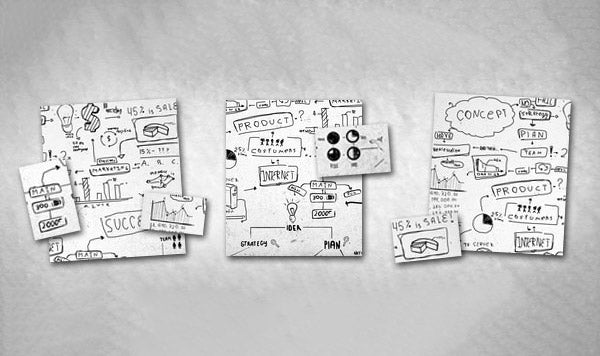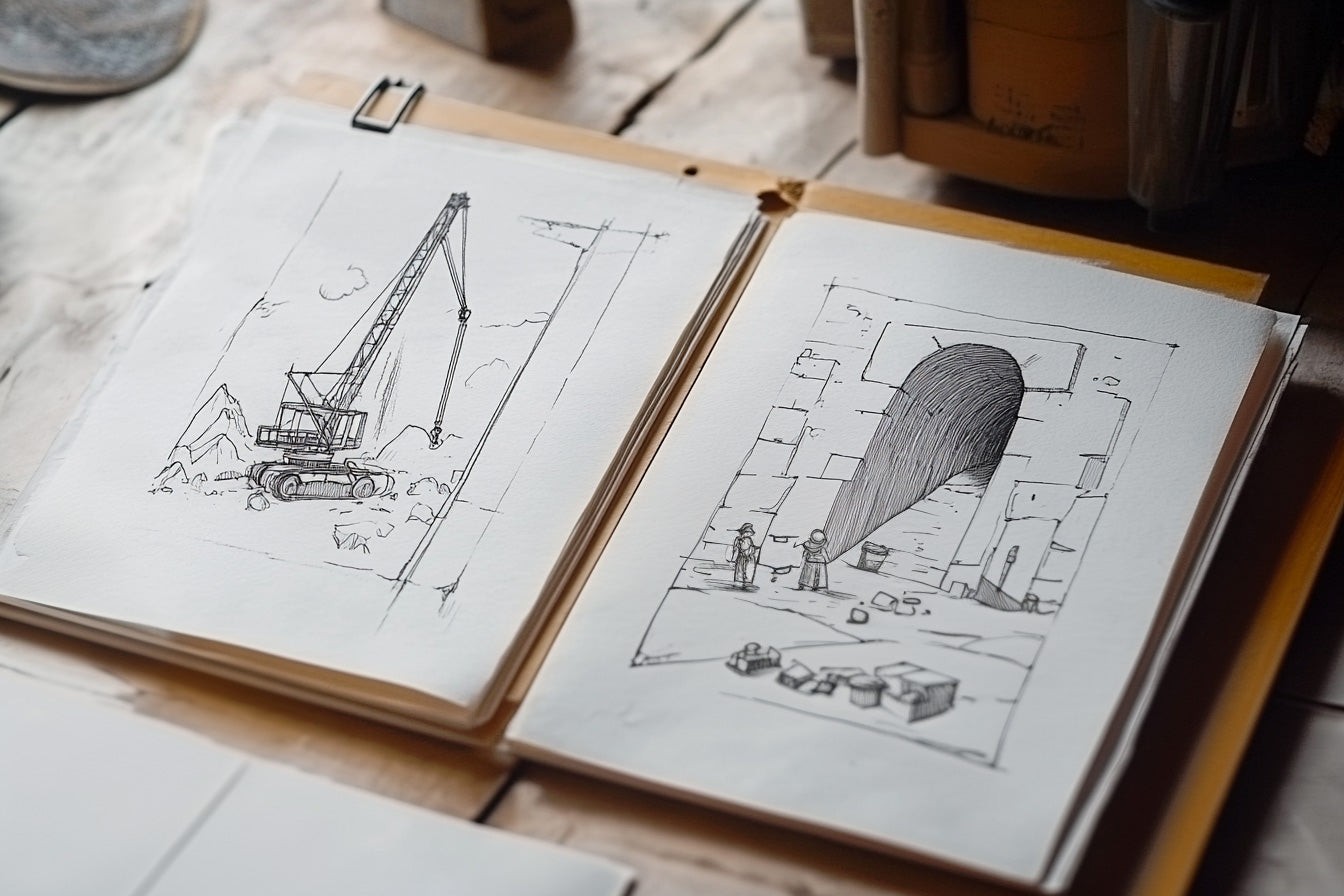Purpose
In this exercise, delegates practice a visual brainstorming technique known as Brain Sketch (VanGundy 1988). The aim of this technique is to encourage visual solutions in isolation and also facilitates systematic exchange of ideas for creative problem solving.
Objective
Sketch ideas and solutions to the problem and then contribute to sketches of others repeatedly while getting inspired by them.
What You Need
- A stack of papers to sketch on.
- Staples
Setup
- Ask the delegates to consider a problem for the purpose of this exercise which they can use to brainstorm on.
- Get the delegates to form a circle while sitting. Ideally, they should be spaced apart so each person can work separately without borrowing ideas from others.
- Distribute papers so each can easily access them as required.
- Ask the delegates to use a paper and sketch their ideas on it.
- Allocate 5 minutes for the drawing.
- After the allocated time, delegates can pass their sketch to the person on their left.
- Each person should then consider the sketch they have received and amend it further to contribute to the idea. They can also be inspired by the sketch and decide to produce a whole new sketch. Delegates can do this on a new paper and then staple it to the original sketch.
- After 5 minutes, they should pass their sketch (or stapled sketches) to the person on their left.
- Repeat until delegates receive their original sketches back. If you have many delegates, stop the exercise after 8 rounds to stop the sketches becoming too busy or lose their value due to too many ideas.
- Place all the sketches on a table and invite everyone to examine them. Encourage a brainstorming discussion to select the best ideas. Allow about 10 minutes for this part.
- Follow with a discussion on the effectiveness of the brainstorming technique.
Timing
Explaining the Exercise: 2 minutes
Activity: (5 min sketching * N rounds) + 10 min evaluations = 50 minutes for 8 delegates
Group Feedback: 10 minutes
Discussion
What did you think of the sketches? Did the drawing activity help you come up with new ideas other than those that you have considered in abstract terms (right-side brain thinking versus left-side brain thinking)? How do you evaluate the Brain Sketch brainstorming technique?
References:
Van Gundy, A.B., (1988) “Techniques of Structured Problem Solving”, Springer.
Soft Skills Training Materials
Get downloadable training materials
Online Train the Trainer Course:
Core Skills
Learn How to Become the Best Trainer in Your Field
All Tags
Training Resources for You

Course Design Strategy
Available as paperback and ebook

Free Training Resources
Download a free comprehensive training package including training guidelines, soft skills training activities, assessment forms and useful training resources that you can use to enhance your courses.

Our Comprehensive Guide to Body Language

Train the Trainer Resources
Get Insights - Read Guides and Books - Attend Courses
Training Materials
Get downloadable training materials on: Management Training, Personal Development, Interpersonal Development, Human Resources, and Sales & Marketing














Leave a comment
All comments are moderated before being published.
This site is protected by hCaptcha and the hCaptcha Privacy Policy and Terms of Service apply.